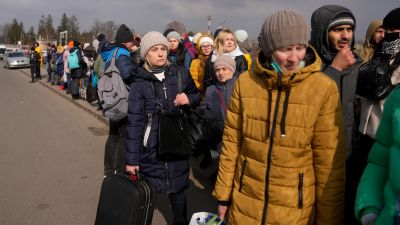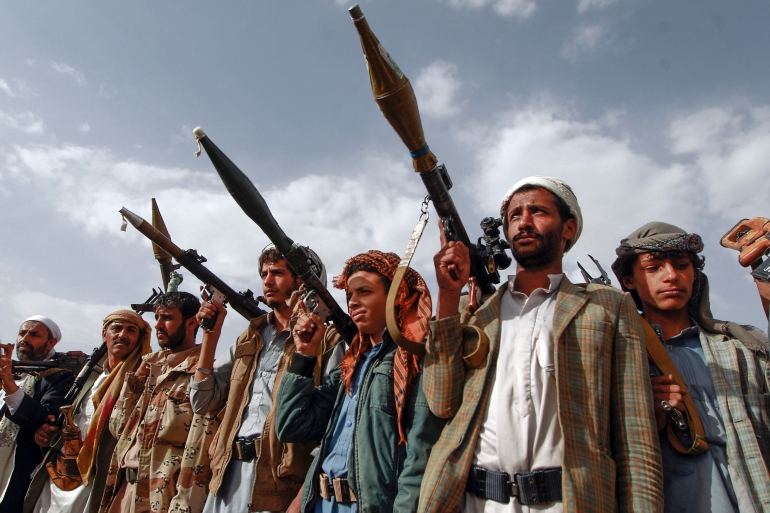Asian Cauldron Playing its Role in Global Economy
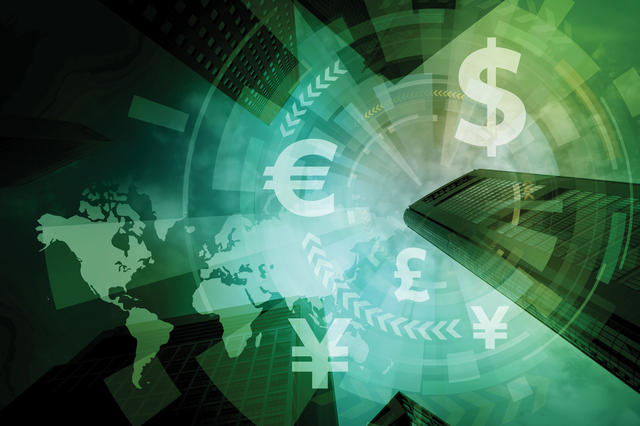
Over the period of time, center of world economics and politics has been shifting from West to East. Resurgence of China and India as economic powers and their influence in Indian Ocean and South China Sea respectably opened window of opportunity for Asian struggling economies. The South China Sea in particular is a boiling pot of potential conflict and economic activities at the same time because of its strategic location and natural resources, with oil reserves of several billion barrels, an estimated nine hundred trillion cubic feet of natural gas. China’s claims over territories in South China Sea and its military buildup in Indian Ocean means that it will likely be a pivot point for global war and peace for the foreseeable future.
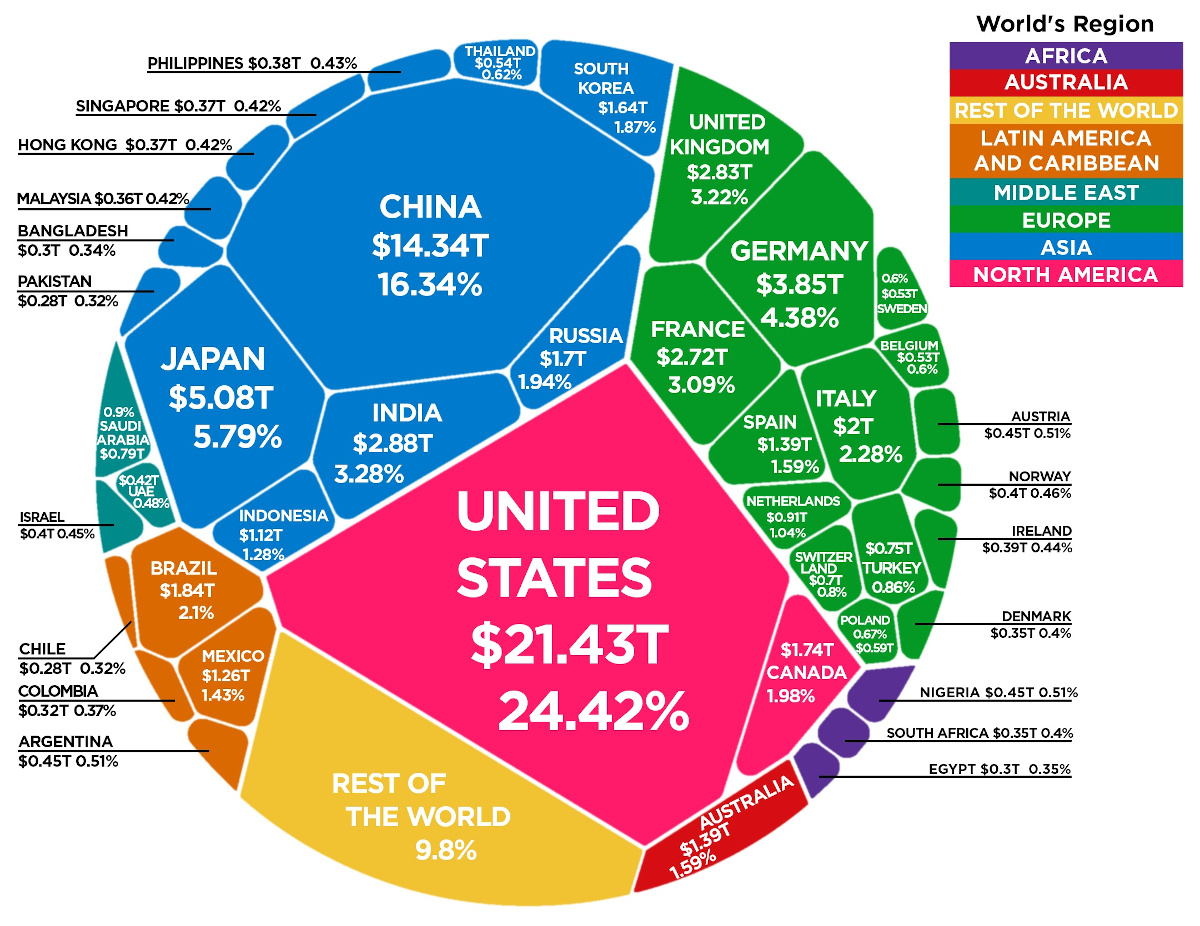 Robert Kaplan a well-known journalist and political commentator, argued in his latest book “Asia’s Cauldron”, he turns to the South China Sea, a waterway that he describes as being “as central to Asia as the Mediterranean is to Europe”. If we look at the geographical significant of Asian Cauldron, it contains part of the Pacific Ocean, the South China Sea covers an area from Singapore and the Malacca Straits to Taiwan. It consists of more than 200 small islands, rocks and coral reefs, about three dozen of which are permanently above water. These are subject to overlapping claims from China, Vietnam, Malaysia and the Philippines. China as a big player in global economy lays claim to almost the entire South China Sea by feature of what is known as the “nine-dash line”. The sea is fast becoming “the most contested body of water in the world”, the main arena for geopolitical competition between a rising China and a US. With the rise of Dragon, the old order of American military unipolarity in the waters of the western Pacific is slowly fading. US strategic partnership with Japan, South Korea and India in Eastern hemisphere is the key to counter Chinese economic dominance. US motives to contain China is supplementary based on the security reasons rather than economic. China’s strategic aim must inevitably be to “exercise de facto hegemony over their own Asian Mediterranean”. Beijing wants to achieve its strategic goal while maintaining cordial relations with Western powers and tempering anxiety in Southeast Asia.
Robert Kaplan a well-known journalist and political commentator, argued in his latest book “Asia’s Cauldron”, he turns to the South China Sea, a waterway that he describes as being “as central to Asia as the Mediterranean is to Europe”. If we look at the geographical significant of Asian Cauldron, it contains part of the Pacific Ocean, the South China Sea covers an area from Singapore and the Malacca Straits to Taiwan. It consists of more than 200 small islands, rocks and coral reefs, about three dozen of which are permanently above water. These are subject to overlapping claims from China, Vietnam, Malaysia and the Philippines. China as a big player in global economy lays claim to almost the entire South China Sea by feature of what is known as the “nine-dash line”. The sea is fast becoming “the most contested body of water in the world”, the main arena for geopolitical competition between a rising China and a US. With the rise of Dragon, the old order of American military unipolarity in the waters of the western Pacific is slowly fading. US strategic partnership with Japan, South Korea and India in Eastern hemisphere is the key to counter Chinese economic dominance. US motives to contain China is supplementary based on the security reasons rather than economic. China’s strategic aim must inevitably be to “exercise de facto hegemony over their own Asian Mediterranean”. Beijing wants to achieve its strategic goal while maintaining cordial relations with Western powers and tempering anxiety in Southeast Asia.
However, Modern China dominates world trade, following major reforms introduced in 1978 that were more focused on market-oriented economic development. The country’s economy is ranked at second position in the world after the United States, but China has been the world’s biggest exporter of goods since 2009 to up till now. China’s economy jumped 18.3% in 2021, compared to earlier years. In 2022, according to open data available on internet, China’s GDP worth is 14.236 trillion USD and it is rapidly increasing and sustains the 5.7% of economic growth bar. Moreover, China will overtake the US economy by 2028. The COVID-19 Pandemic and corresponding economic fallout have certainly tipped economic rivalry between China and West, and it ended in China’s favor. In Asian hemisphere, Japan is set to remain on 3rd position in World economic ranking with the GDP of 5.O6 trillion USD. In South Asia, India is also competing in economic race with 3.25 trillion USD worth of GDP. After overviewing the table, when Global economy is considered, Asian region is the most significant part of the world.
Apart from economic emergence, Cauldron States are perceiving the threat in South China Sea from China and its dream to be World super power. Therefore, they are pushing China, with an attempt to dominate the area even while acknowledging the presence and claims of other states in the South China Sea. China’s domination in the South China Sea would certainly clear the way for key Chinese air and naval influence throughout the Indian and Pacific Oceans. In that scenario, the US is at the center of the Asia-Pacific’s political and defense affairs which cannot be ignored. While most Southeast Asian states are cultivating their economic relations with China, they acknowledge the US’s role and in fact want the United States to remain involved in regional affairs. If only to be an effective balance to the rising economic and military power of China. The military superiority of the US is expected to offset China’s geographic, demographic and economic advantage.
 On the other hand, China expanding her influence by relying on relatively weak economic states to maintain its superiority in the region. China is practicing the Anti-Area Access Denial (2A-AD) strategy in South China Sea and beyond. Over the last two decades, Russian technologies combined with China’s efforts, including industrial espionage has gradually enhanced the capabilities of the People’s Liberation Army (PLA) to challenge U.S. forces in the Asia-Pacific region. The Anti-Aria Access Denial (A2/AD) is the strategy, with the aim of keeping out U.S. military intervention in its immediate areas of concern, including the disputed waters in the region.
On the other hand, China expanding her influence by relying on relatively weak economic states to maintain its superiority in the region. China is practicing the Anti-Area Access Denial (2A-AD) strategy in South China Sea and beyond. Over the last two decades, Russian technologies combined with China’s efforts, including industrial espionage has gradually enhanced the capabilities of the People’s Liberation Army (PLA) to challenge U.S. forces in the Asia-Pacific region. The Anti-Aria Access Denial (A2/AD) is the strategy, with the aim of keeping out U.S. military intervention in its immediate areas of concern, including the disputed waters in the region.
As above mentioned Pros and Cons, Asian Cauldron has its own significance in World economy and politics, alongside it would be boiling pot for potential conflict which might create uncertainty in international Affairs. US trade war with China, and US support to Taiwan as autonomic State are the circumstances of it. Thug of war between two world best economic powers might leave negative impact on the weaker states of the region in coming years.
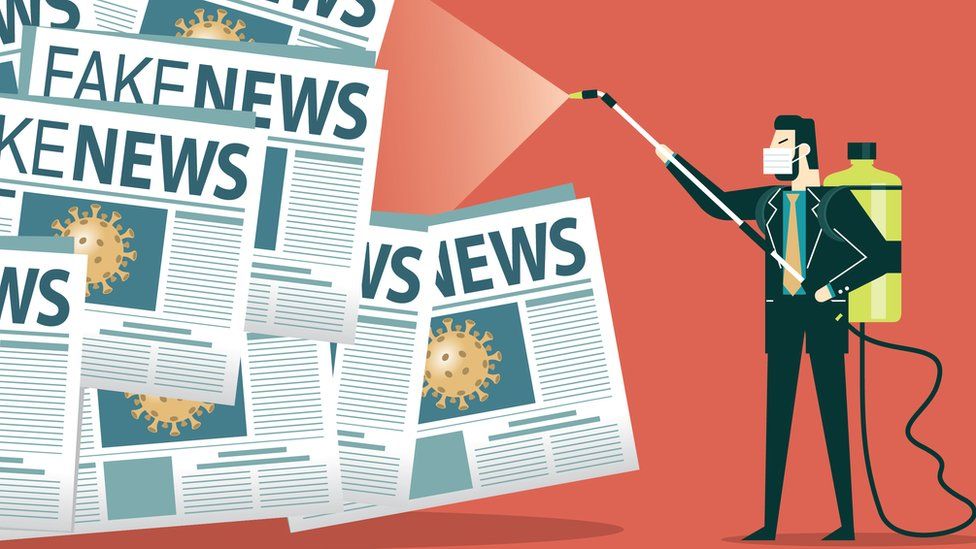
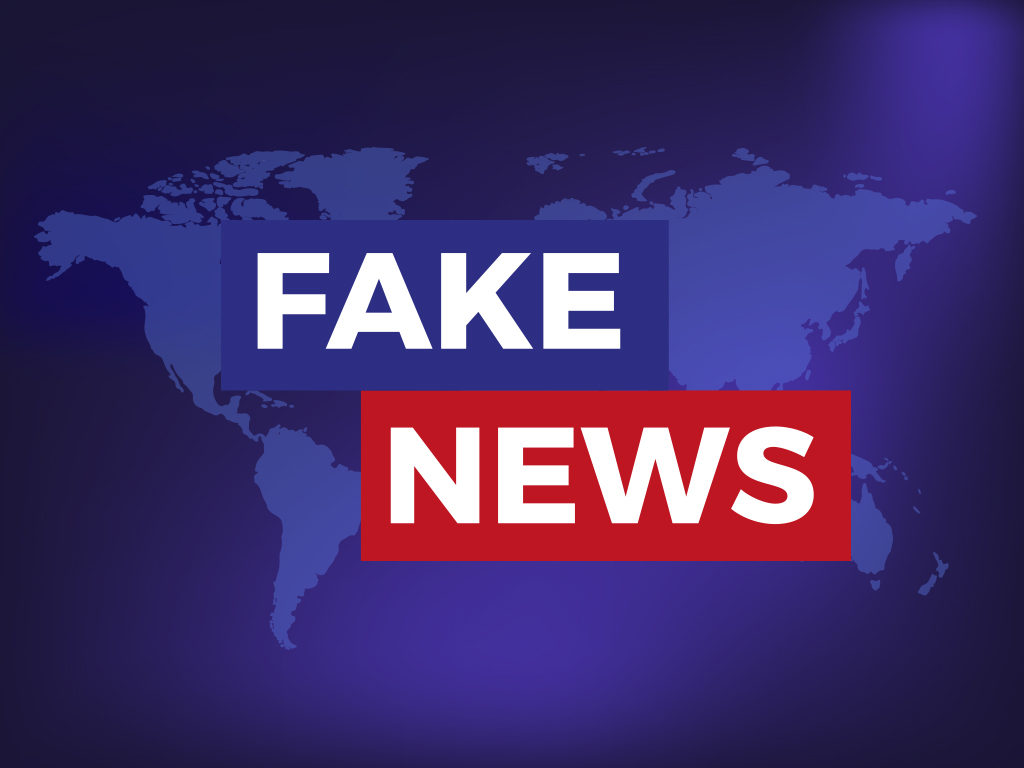 Disinformation Impact on Human lives:
Disinformation Impact on Human lives: 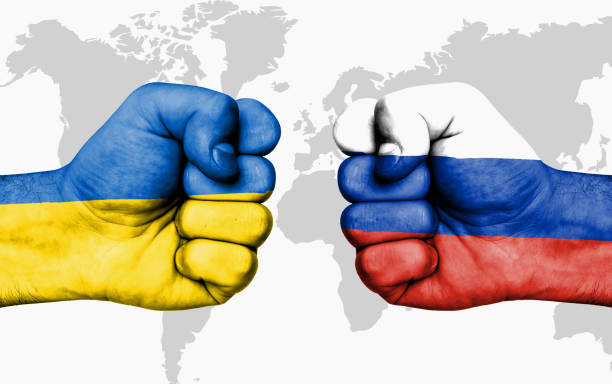
 In the next paragraph of Article 37, however, explicitly permits ruses as “acts which are intended to mislead an adversary or induce a person to act recklessly but which infringe no rule of international law applicable in armed conflict and which are not perfidious”. While this particular provision only pertains to international armed conflicts (IACs), ruses are likewise licensed in non-international armed conflicts under customary international law. But modern applications of misinformation or more accurately, disinformation call into question its reflexive characterization in IHL as a ruse for several reasons. First, while ruses are presented in source materials as being intended to mislead an “enemy” or “adversary”, disinformation campaigns during armed conflict today are instead often oriented primarily towards the civilian population. Under that obligation of IHL, Militaries can mislead their enemies on the battle field, but they cannot misguide or mislead the population in International armed conflicts.
In the next paragraph of Article 37, however, explicitly permits ruses as “acts which are intended to mislead an adversary or induce a person to act recklessly but which infringe no rule of international law applicable in armed conflict and which are not perfidious”. While this particular provision only pertains to international armed conflicts (IACs), ruses are likewise licensed in non-international armed conflicts under customary international law. But modern applications of misinformation or more accurately, disinformation call into question its reflexive characterization in IHL as a ruse for several reasons. First, while ruses are presented in source materials as being intended to mislead an “enemy” or “adversary”, disinformation campaigns during armed conflict today are instead often oriented primarily towards the civilian population. Under that obligation of IHL, Militaries can mislead their enemies on the battle field, but they cannot misguide or mislead the population in International armed conflicts.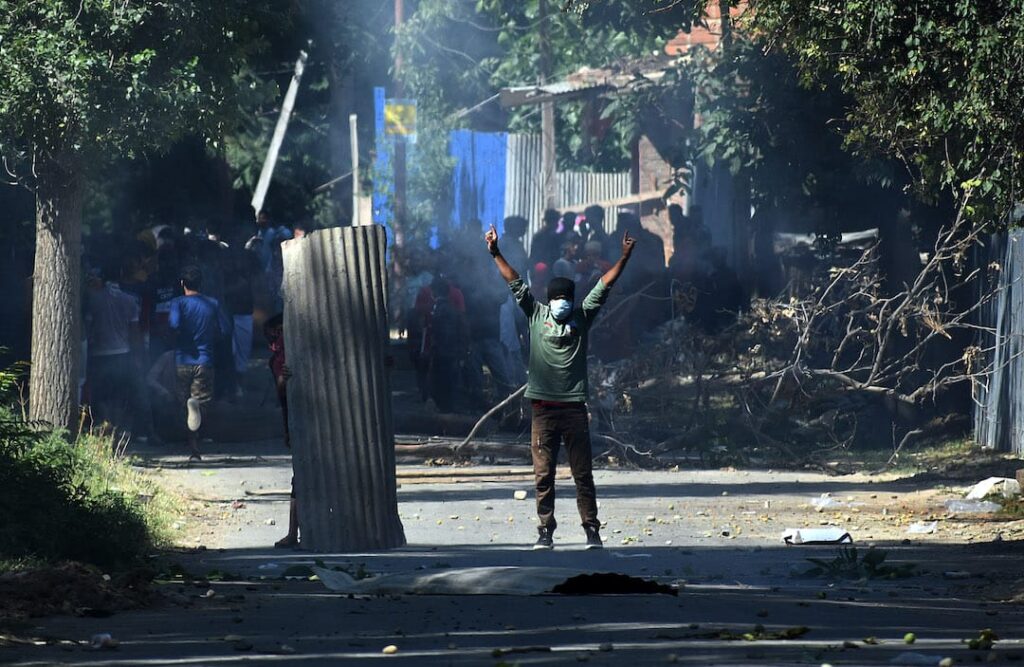
 In the context of conflicted areas, social activists, international organizations, independent news agencies use social media as a weapon to report human rights violation. State organized violence and mass killing highlights the stories of oppressed ones. In the region of Kashmir which is disputed territory between India and Pakistan. The social media have played an effective role during recent mass mobilization for “right to self-determination”. Indian administration imposed some serious censorship over digital and main stream media to cover up the human rights violations in the valley. Social media activism is posing a major challenge to the Indian state in Kashmir; most people are tending towards use of soft-power to empower their cause of right to self-determination.
In the context of conflicted areas, social activists, international organizations, independent news agencies use social media as a weapon to report human rights violation. State organized violence and mass killing highlights the stories of oppressed ones. In the region of Kashmir which is disputed territory between India and Pakistan. The social media have played an effective role during recent mass mobilization for “right to self-determination”. Indian administration imposed some serious censorship over digital and main stream media to cover up the human rights violations in the valley. Social media activism is posing a major challenge to the Indian state in Kashmir; most people are tending towards use of soft-power to empower their cause of right to self-determination.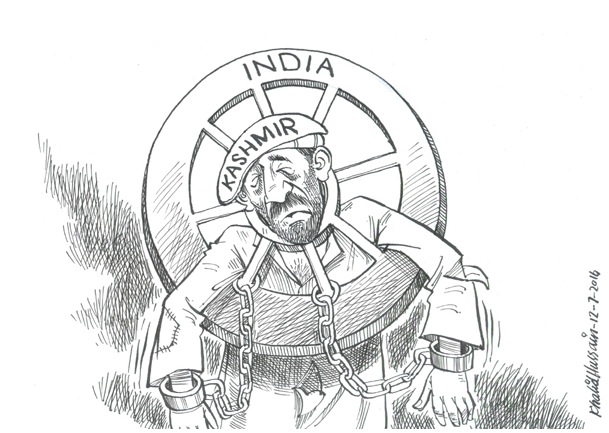
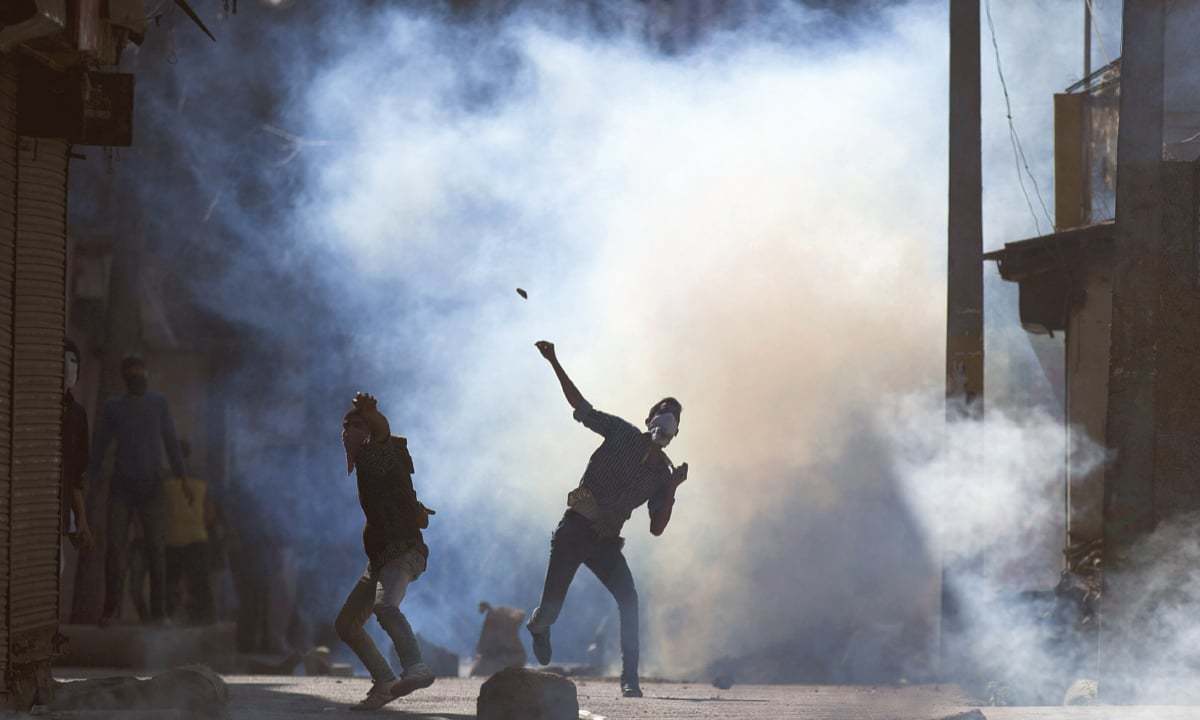 Kashmiri activists and artists came with new ideas to cope up with this situation and initiated campaigns using the instrument of Music, Culture and Poetry to support Kashmiris against the oppression of India. On September 20th 2019, Kashmiri artists, highlighted the theme of “Resist to Exist” with the collaboration from British-Kashmiri artist Sumaya Teli and Kashmiri-American artist, Nouf Bazaz. Through the collaboration of artists, the event shared stories of the Kashmiri struggle against Indian occupation and militarization and for the right to Kashmiri self-determination. It went viral in different parts of the world, and help youth to understand the Kashmir situation and Indian mistreatment of Kashmiri people. In the recent six to seven years, we have seen, how digital media revolutionized the Kashmir Conflict and created the environment where young researchers and activists can access the information to understand the conflict and to advocate the worth of freedom for the next generations.
Kashmiri activists and artists came with new ideas to cope up with this situation and initiated campaigns using the instrument of Music, Culture and Poetry to support Kashmiris against the oppression of India. On September 20th 2019, Kashmiri artists, highlighted the theme of “Resist to Exist” with the collaboration from British-Kashmiri artist Sumaya Teli and Kashmiri-American artist, Nouf Bazaz. Through the collaboration of artists, the event shared stories of the Kashmiri struggle against Indian occupation and militarization and for the right to Kashmiri self-determination. It went viral in different parts of the world, and help youth to understand the Kashmir situation and Indian mistreatment of Kashmiri people. In the recent six to seven years, we have seen, how digital media revolutionized the Kashmir Conflict and created the environment where young researchers and activists can access the information to understand the conflict and to advocate the worth of freedom for the next generations.
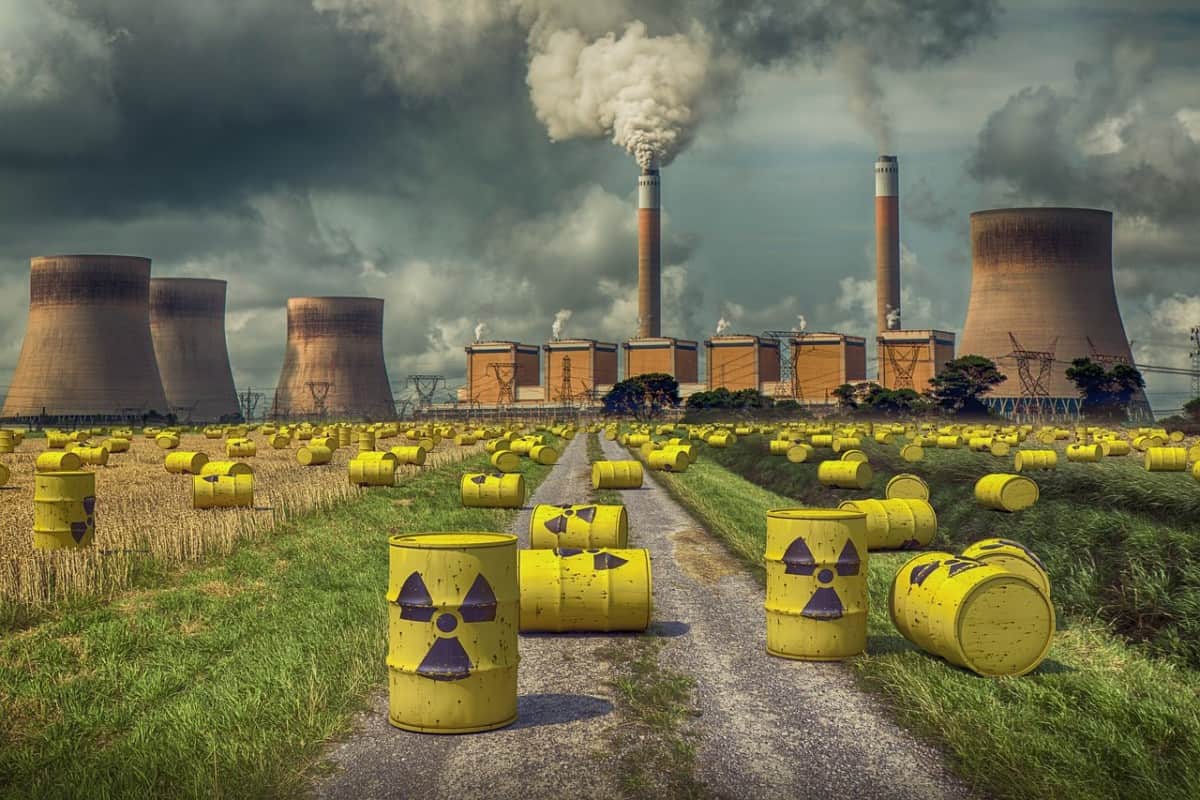 Till 2014, “Two Track Diplomacy” was followed by the major powers as they encouraged Iran for diplomatic negotiations, at the same time sanctions were being imposed on Iran’s energy and finance sectors. All these events led to the nuclear deal, a landmark accord reached in 2015 which brought together the permanent members of UN Security Council and the European Union for a shared commitment. Under the deal, Iran dismantled much of its nuclear program and opened the nuclear sites for inspection, in return sanctions were lifted and Iran was allowed to make economic relations with the international community. Iran agreed to restrain nuclear activities and it was assured by US that no new sanctions will be imposed.
Till 2014, “Two Track Diplomacy” was followed by the major powers as they encouraged Iran for diplomatic negotiations, at the same time sanctions were being imposed on Iran’s energy and finance sectors. All these events led to the nuclear deal, a landmark accord reached in 2015 which brought together the permanent members of UN Security Council and the European Union for a shared commitment. Under the deal, Iran dismantled much of its nuclear program and opened the nuclear sites for inspection, in return sanctions were lifted and Iran was allowed to make economic relations with the international community. Iran agreed to restrain nuclear activities and it was assured by US that no new sanctions will be imposed.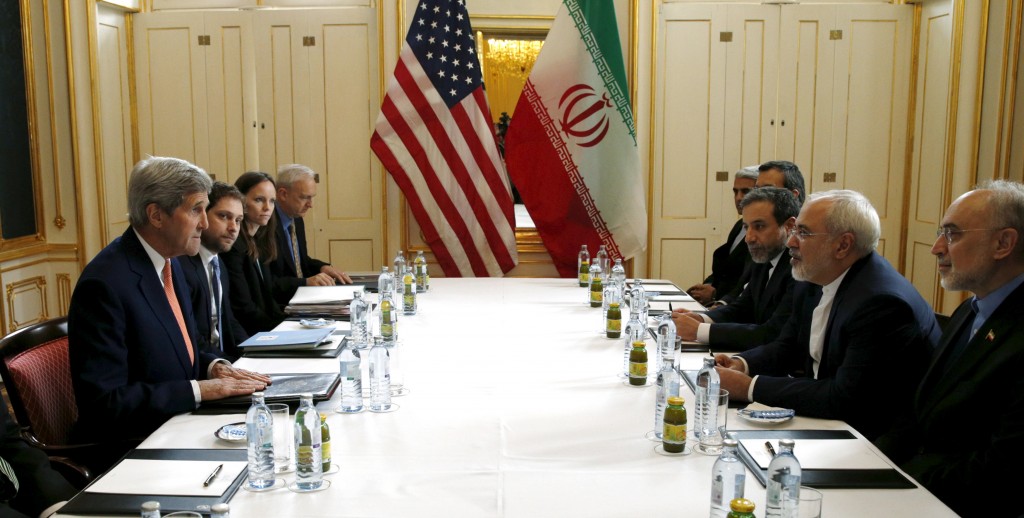 The Joe Biden administration after coming to power in 2021 pledged to revive the nuclear deal to which Iran also agreed on a condition of indirect involvement, talks resumed in November in Vienna. Last month on 23rd Feb 2022, a European Union representative to talks said “We are nearing the end” over the success or failure of renewed Iran nuclear deal. The next day Russia-Ukraine crisis erupted, for the UK, US and EU have imposed sanctions on Russia’s oil, gas and financial sector, trade and travel restrictions also made, in response to that Russia has also banned exports. According to the participants of talks, the deal was on the verge of being finalized after a year of discussions. But, last-minute demands from Russia, one of the deal’s signatories, have threatened to undermine the efforts to revive JCPOA. Russia has said it wants assurance that Western sanctions imposed on Moscow will not prohibit Russia from doing business and military cooperation with Iran. The outcome of the current intensive discussions in Vienna aimed at restoring Iran’s 2015 nuclear deal with world powers and Iran’s relationship with Russia now has to be foreseen in coming days.
The Joe Biden administration after coming to power in 2021 pledged to revive the nuclear deal to which Iran also agreed on a condition of indirect involvement, talks resumed in November in Vienna. Last month on 23rd Feb 2022, a European Union representative to talks said “We are nearing the end” over the success or failure of renewed Iran nuclear deal. The next day Russia-Ukraine crisis erupted, for the UK, US and EU have imposed sanctions on Russia’s oil, gas and financial sector, trade and travel restrictions also made, in response to that Russia has also banned exports. According to the participants of talks, the deal was on the verge of being finalized after a year of discussions. But, last-minute demands from Russia, one of the deal’s signatories, have threatened to undermine the efforts to revive JCPOA. Russia has said it wants assurance that Western sanctions imposed on Moscow will not prohibit Russia from doing business and military cooperation with Iran. The outcome of the current intensive discussions in Vienna aimed at restoring Iran’s 2015 nuclear deal with world powers and Iran’s relationship with Russia now has to be foreseen in coming days.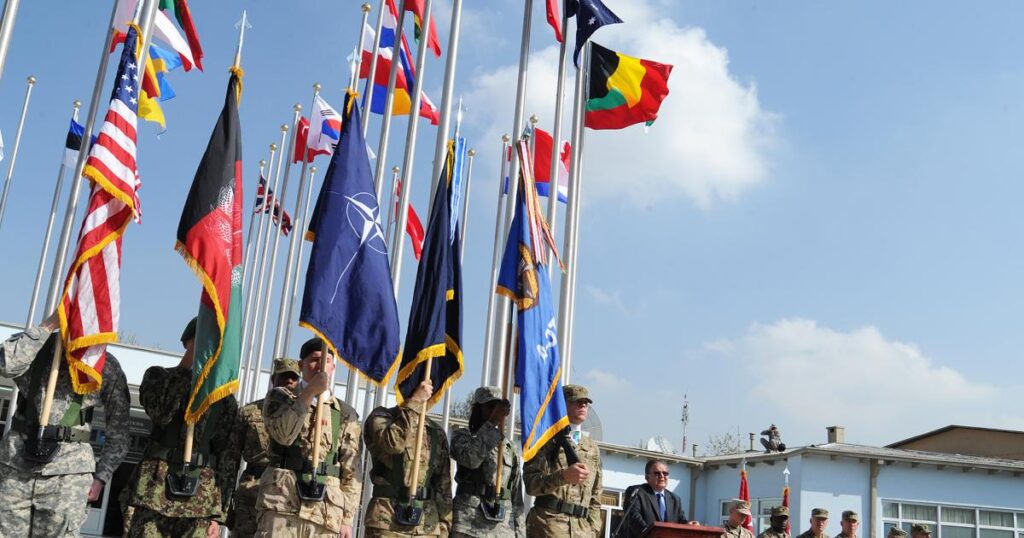
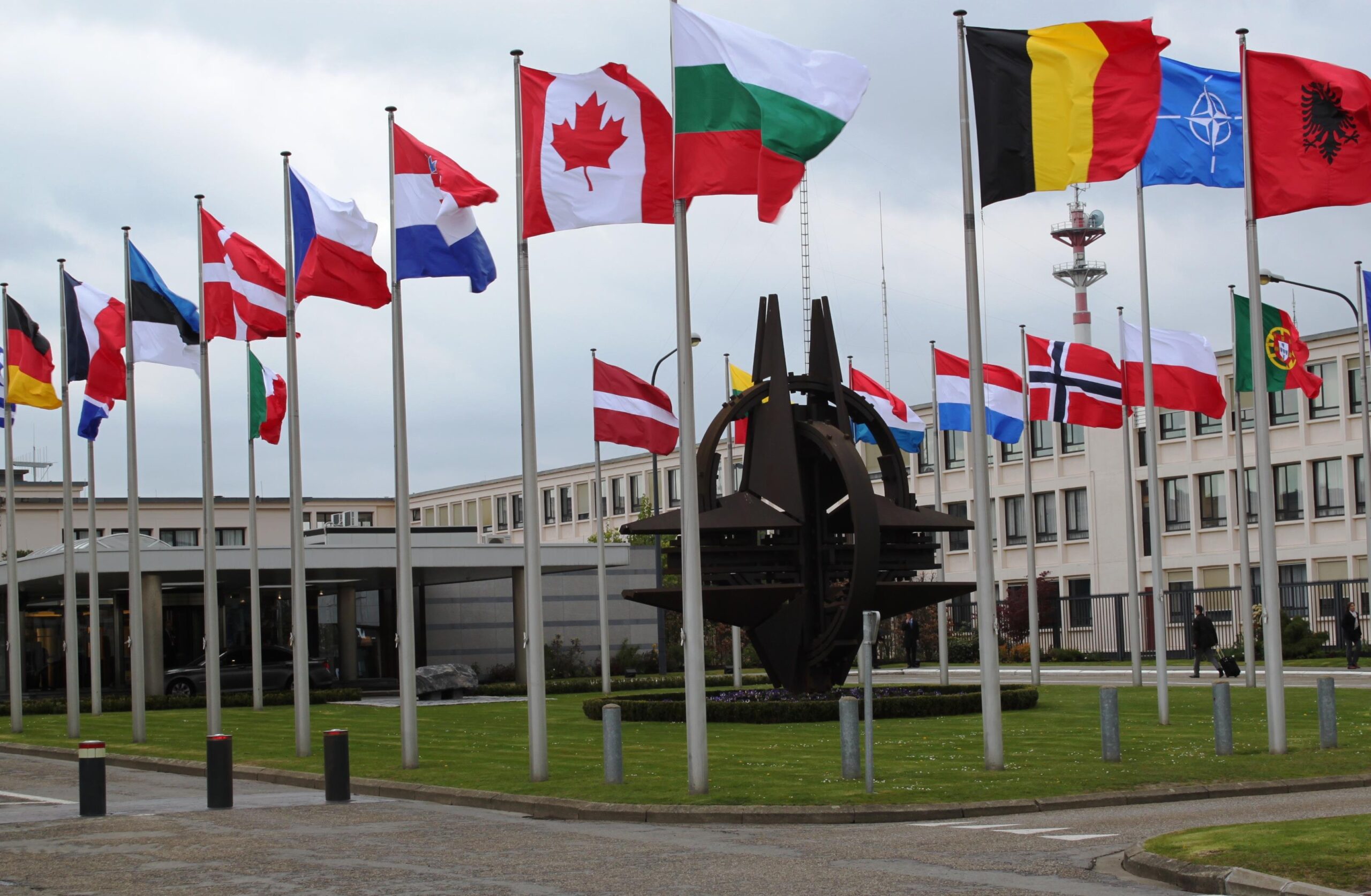 Beijing’s policy towards Taipei is of deterrence, the goal is to stop Taiwan from formal independence, western support for Taiwan, and particularly US intervention. US policy towards Taipei is of “strategic ambiguity” in case of Beijing’s attack. Taiwan, a small island, yet it is of the utmost importance for China as well as the United States. On the basis of the geostrategic location of Taiwan in the Indo-Pacific region and to restrain the rise of China in global politics, strengthened military posture and influence in East Asia has shifted strategic objectives of US. The United States has been playing the “Taiwan Card” for the strategic rivalry with China. Apart from strategic, US have expanding economic as well as ideological objectives. Taiwan is the world’s largest chip manufacturer and the 10th biggest trading partner of Washington in the high-tech industry and semi-conductor production while supporting US economy with $600 Billion. Another strategic factor is that, when Taiwan will be under the jurisdiction of China, it would extend its missile ranges eastward by around 150 nautical miles. As a result, China would become the dominating force in the East China Sea, making it easier for Beijing to attack its rivals. US-China strategic competition and cross-strait relations are resulting in strong alignments among US and Taiwan.
Beijing’s policy towards Taipei is of deterrence, the goal is to stop Taiwan from formal independence, western support for Taiwan, and particularly US intervention. US policy towards Taipei is of “strategic ambiguity” in case of Beijing’s attack. Taiwan, a small island, yet it is of the utmost importance for China as well as the United States. On the basis of the geostrategic location of Taiwan in the Indo-Pacific region and to restrain the rise of China in global politics, strengthened military posture and influence in East Asia has shifted strategic objectives of US. The United States has been playing the “Taiwan Card” for the strategic rivalry with China. Apart from strategic, US have expanding economic as well as ideological objectives. Taiwan is the world’s largest chip manufacturer and the 10th biggest trading partner of Washington in the high-tech industry and semi-conductor production while supporting US economy with $600 Billion. Another strategic factor is that, when Taiwan will be under the jurisdiction of China, it would extend its missile ranges eastward by around 150 nautical miles. As a result, China would become the dominating force in the East China Sea, making it easier for Beijing to attack its rivals. US-China strategic competition and cross-strait relations are resulting in strong alignments among US and Taiwan.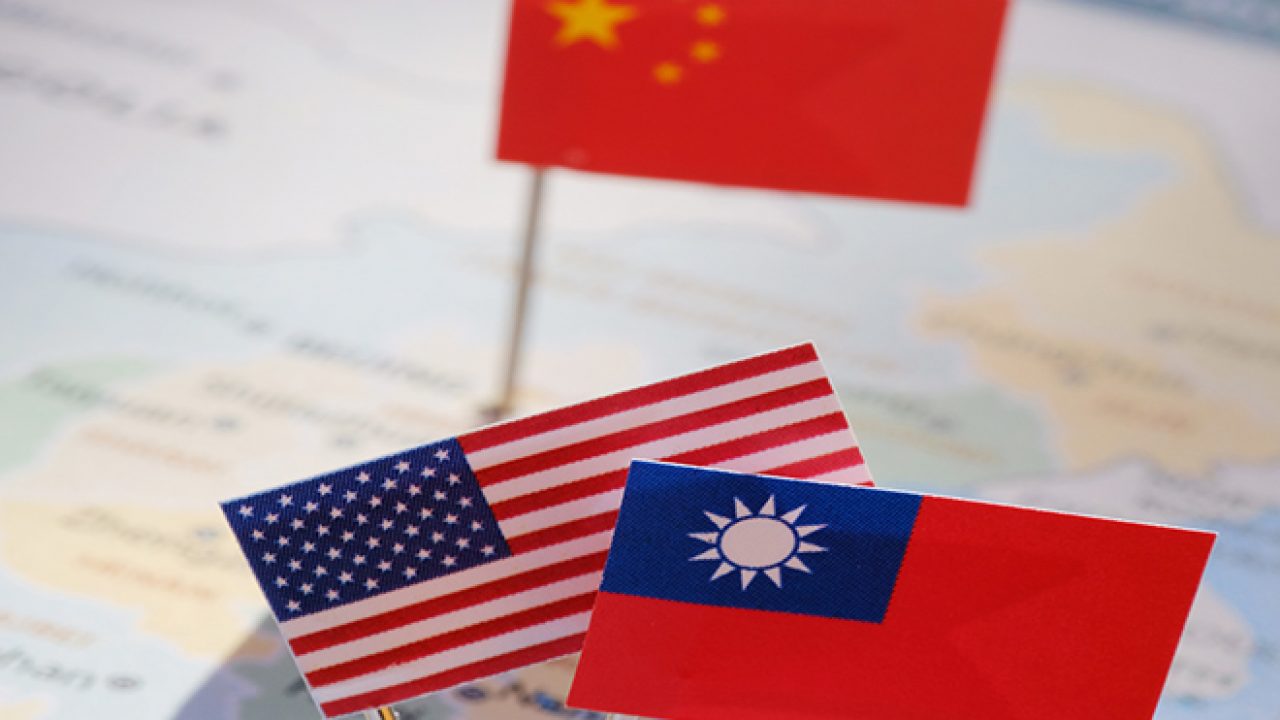 All the actors involved in the conflict have different perspectives over Taiwan depending upon their interests. When we look at the NATO’s objectives in China and Taiwan conflict, the European member countries of NATO have economic objectives that could be disrupted because of a military confrontation. US along with these NATO members has underscored the importance of Taiwan in terms of peace and stability in a joint statement. In opinion of China, Washington has destabilized the region with provision of weapons to Taiwan. Therefore, demands are being made by Beijing to withdraw its deployed troops in Taiwan while US has asked the former to stop proactive military activities in Taipei. This has increased the magnitude of rivalry between two states. Also, the tensions between Taiwan and China has reached the highest levels in past few years especially after 2016, when Taiwanese President held the office and rejected the Chinese territorial claim of Taiwan. Both China and America have potential to ignite military and economic war over the issue of Taiwan. For unification of Taiwan and “Greater China”, Beijing has a political strategy which involves a military component and US analysts see invasion as the only military option which pose a great risk of military confrontation. The international order will be in jeopardy after Taiwan war. If the war begins at Taiwan Strait, it is more likely that Taiwan would be a battlefront for the world’s two countries with most powerful military forces and will become Sino-America war than China vs. Taiwan. The conflict will affect the overall region that may turn into a war zone. Impacts will also be seen on global supply chains, financial and transportation links.
All the actors involved in the conflict have different perspectives over Taiwan depending upon their interests. When we look at the NATO’s objectives in China and Taiwan conflict, the European member countries of NATO have economic objectives that could be disrupted because of a military confrontation. US along with these NATO members has underscored the importance of Taiwan in terms of peace and stability in a joint statement. In opinion of China, Washington has destabilized the region with provision of weapons to Taiwan. Therefore, demands are being made by Beijing to withdraw its deployed troops in Taiwan while US has asked the former to stop proactive military activities in Taipei. This has increased the magnitude of rivalry between two states. Also, the tensions between Taiwan and China has reached the highest levels in past few years especially after 2016, when Taiwanese President held the office and rejected the Chinese territorial claim of Taiwan. Both China and America have potential to ignite military and economic war over the issue of Taiwan. For unification of Taiwan and “Greater China”, Beijing has a political strategy which involves a military component and US analysts see invasion as the only military option which pose a great risk of military confrontation. The international order will be in jeopardy after Taiwan war. If the war begins at Taiwan Strait, it is more likely that Taiwan would be a battlefront for the world’s two countries with most powerful military forces and will become Sino-America war than China vs. Taiwan. The conflict will affect the overall region that may turn into a war zone. Impacts will also be seen on global supply chains, financial and transportation links.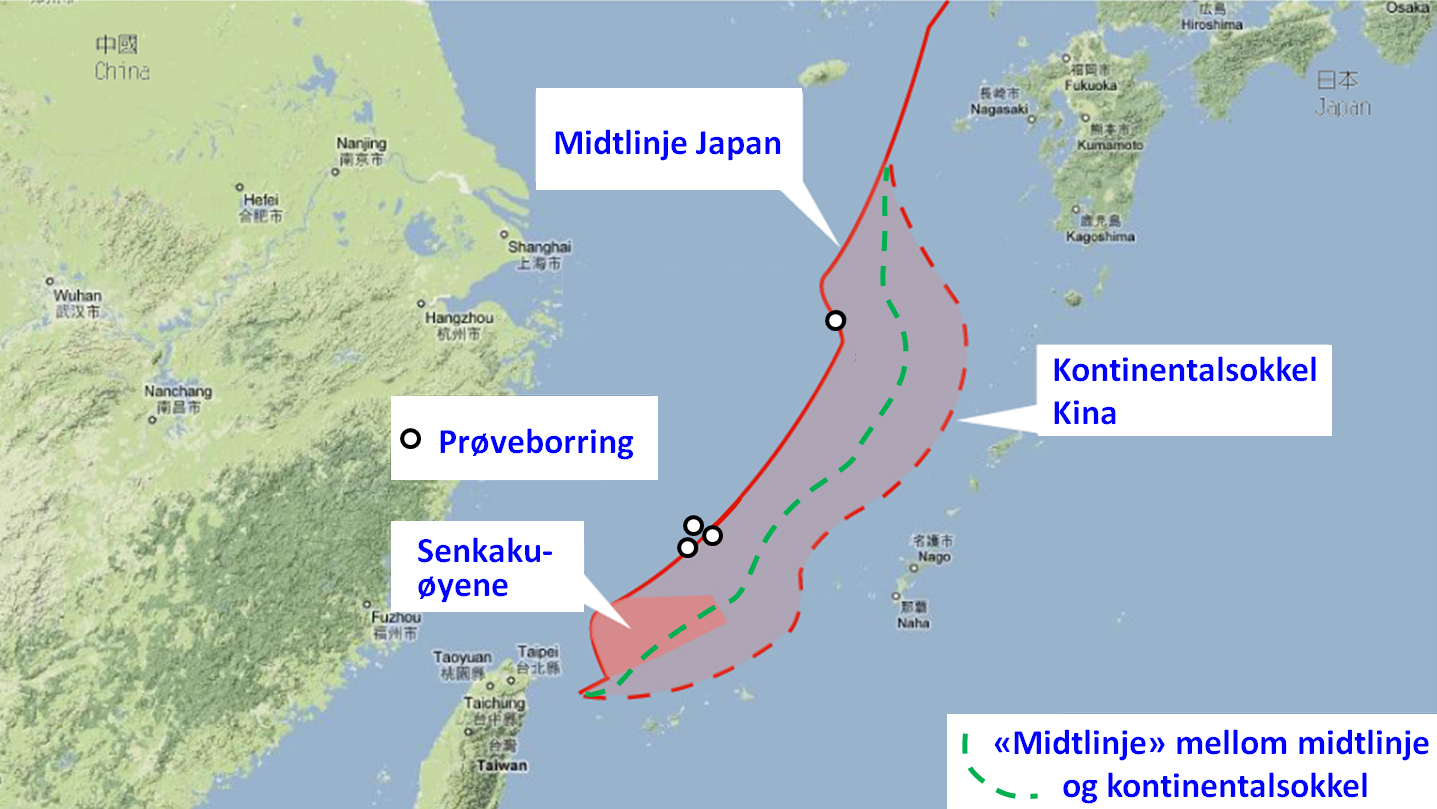 The current ongoing war launched between Russia and Ukraine can also have an influence on China over Taiwan. Earlier, US intelligence chief stated; ‘’China’s interpretation of western reaction is being observed by Washington’’. Some experts have suggested that Ukraine crisis might encourage China to take military action against Taiwan, if it becomes necessary. President of US, Joe Biden has sent an extraordinary delegation of officials in wake of Ukraine-Russia war to warn China and declared Washington’s strong support for Taiwan. Meanwhile, the Chinese ambassador to Washington has also alerted US of military confrontation risk over Taiwan. The increasing tensions between Sino-US relations and cross-strait relations can be a flashpoint of military confrontation.
The current ongoing war launched between Russia and Ukraine can also have an influence on China over Taiwan. Earlier, US intelligence chief stated; ‘’China’s interpretation of western reaction is being observed by Washington’’. Some experts have suggested that Ukraine crisis might encourage China to take military action against Taiwan, if it becomes necessary. President of US, Joe Biden has sent an extraordinary delegation of officials in wake of Ukraine-Russia war to warn China and declared Washington’s strong support for Taiwan. Meanwhile, the Chinese ambassador to Washington has also alerted US of military confrontation risk over Taiwan. The increasing tensions between Sino-US relations and cross-strait relations can be a flashpoint of military confrontation.
